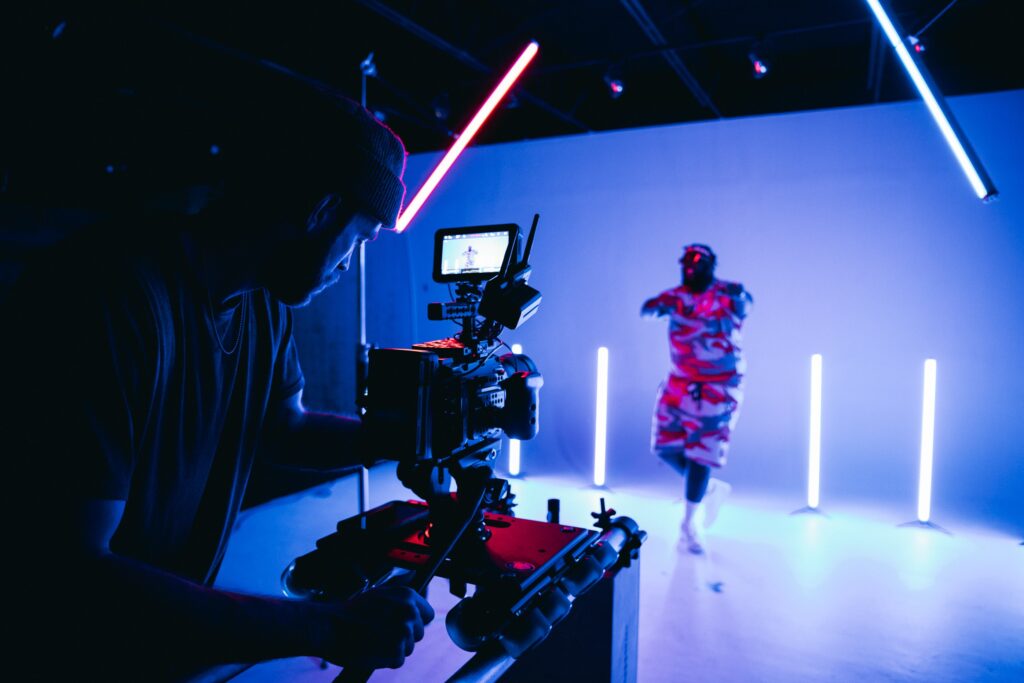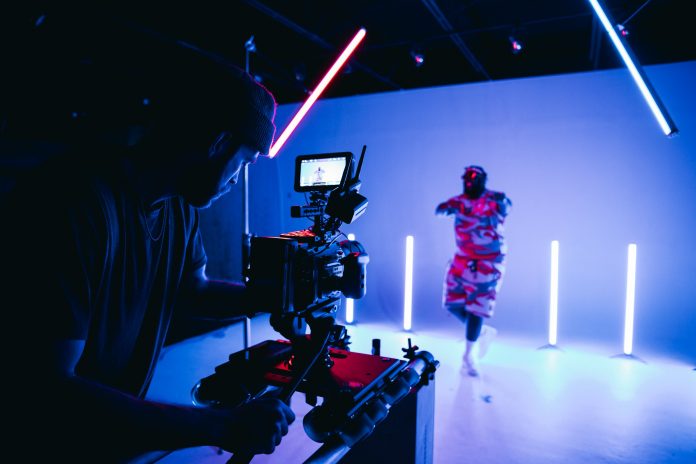Post-production is the final (third) stage of the audio and video production operation. This phase comes into play when the pre-production preparations are completed, and you are about to wrap up an incredible day of production. We have here gathered a few advantages that come along with post-production filming amazing content to put together epic brand videos for your brand.

1. The Rough Cut
Edit together your visuals comes before everything else to create the rough cut of an audio video file. This is where you will want to research editing software like Adobe Premiere, AVID or Final Cut Pro to scour through all your footage and then categorize it. After selecting the shots, you can splice them together.
2. The Picture Lock
Once you have a rough cut of your video, the next step in the post-production process is to secure a folder where all the shots can be locked into the proper order. This is needed to achieve a picture lock.
3. The Sound Mix
Nest, we move on to the sound mix phase, where different audio tracks are edited together for a video. The software employed plays with dialogue, sound effects, music, and voiceover.
4. Visual Effects
When adding visual effects, the pre-production phase can enable you to map out suitable places. This makes room for storyboarding these shots and plan for the effects to go in during the production day.
5. Lower Third
You must be already familiar with the lower third if you watch any news broadcast, interview, or documentary. It refers to the text that is added onto a shot or an image positioned in the lower third region of the screen. It can be deployed to provide contextual information, such as the name of a person’s occupation or new location.
6. Colour Correction
Now it’s time for colour correction, which involves the process of changing the colour of the light in each shot, so each shot matches one another, using digital filters. These corrections include white balance issues or fixing exposure problems.
7. Title and End Cards
The last step is to attach any additional end cards (a title graphic placed at the end of your video), usually promote the brand in question. These are included by filmmakers at the end of each film to provide credit to every member who has worked on the audio or video.
The above-mentioned points may not all be necessary but are considered a better way of reminding your viewer what your brand stands for. If you want to get to know more about audio and video post-production in Montreal, check out our website. Apply to a professional training programme today!









































